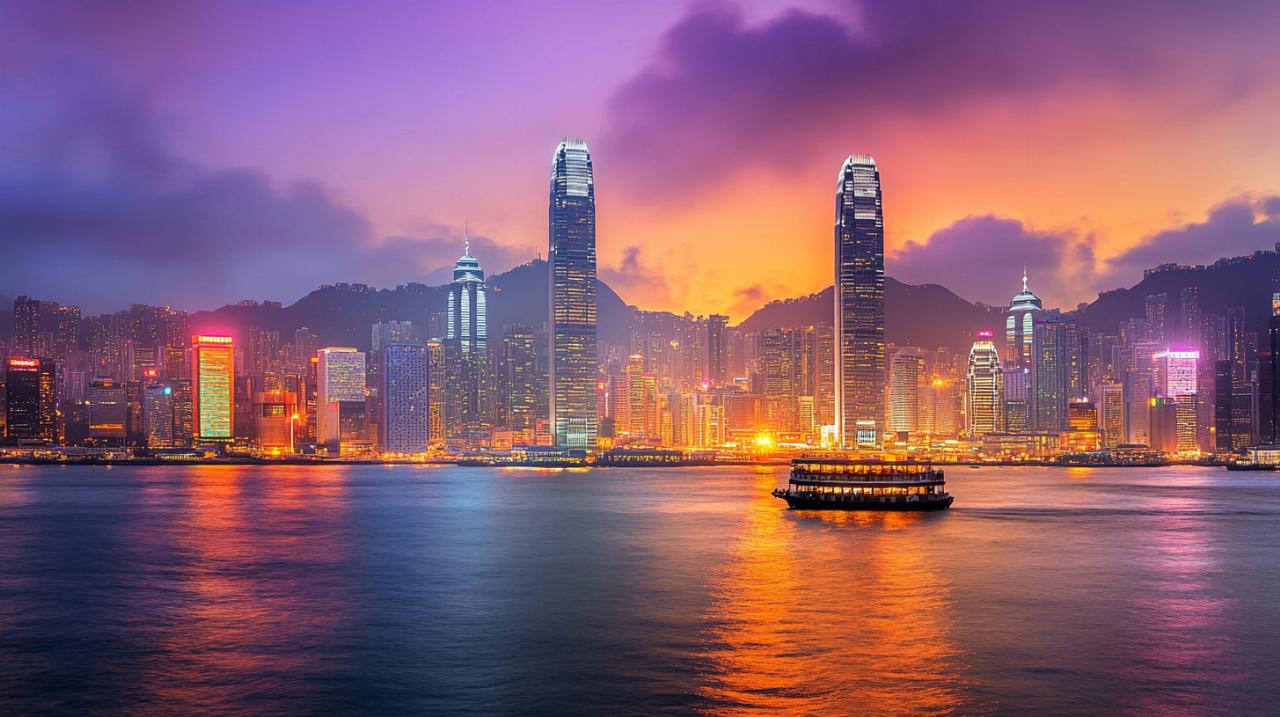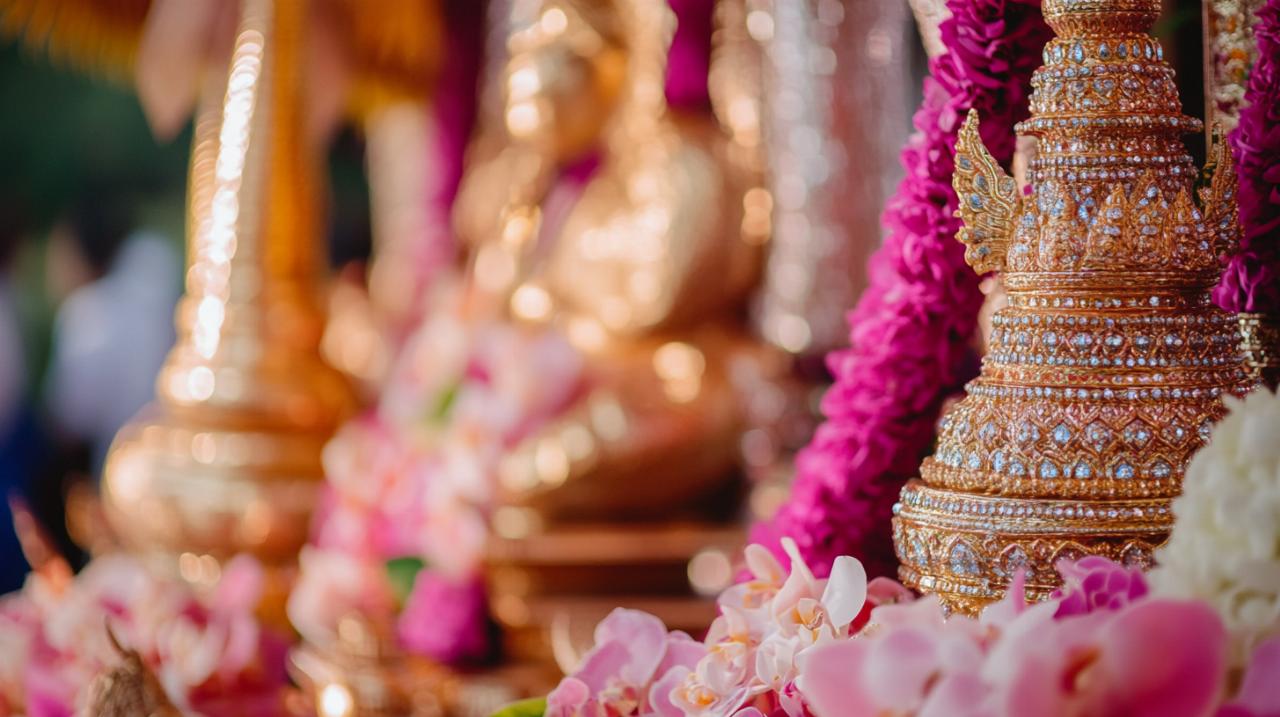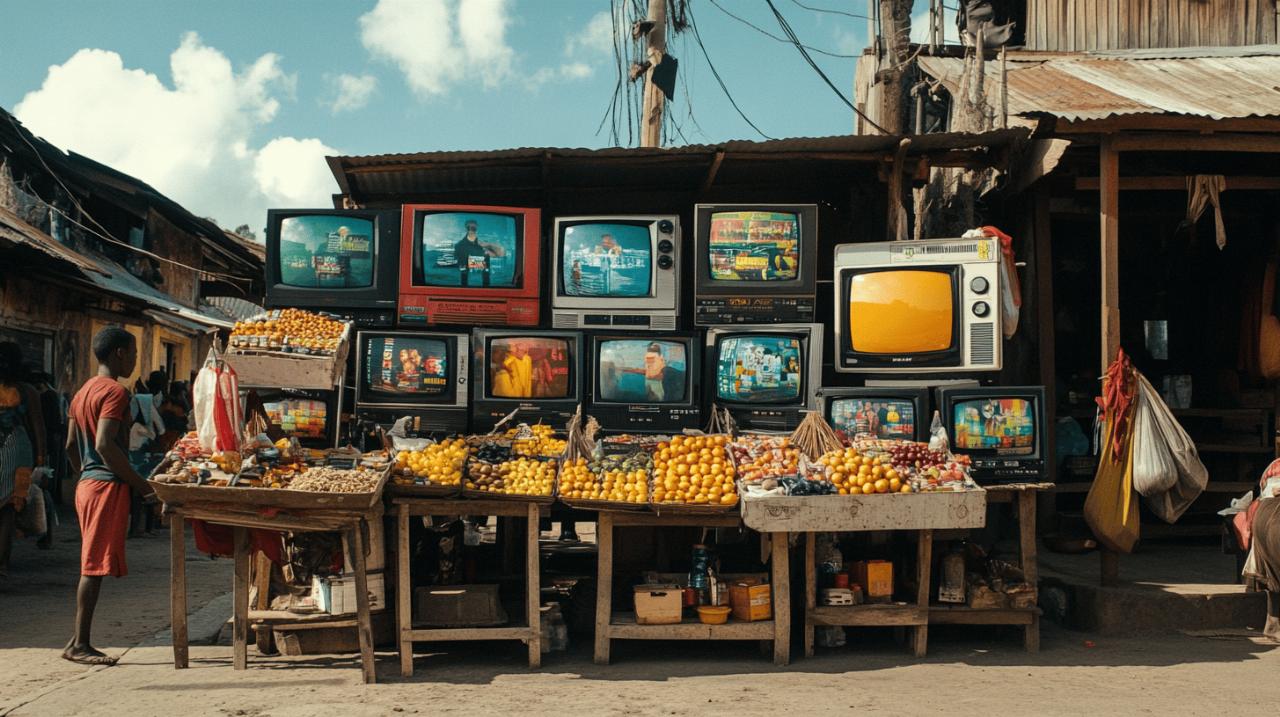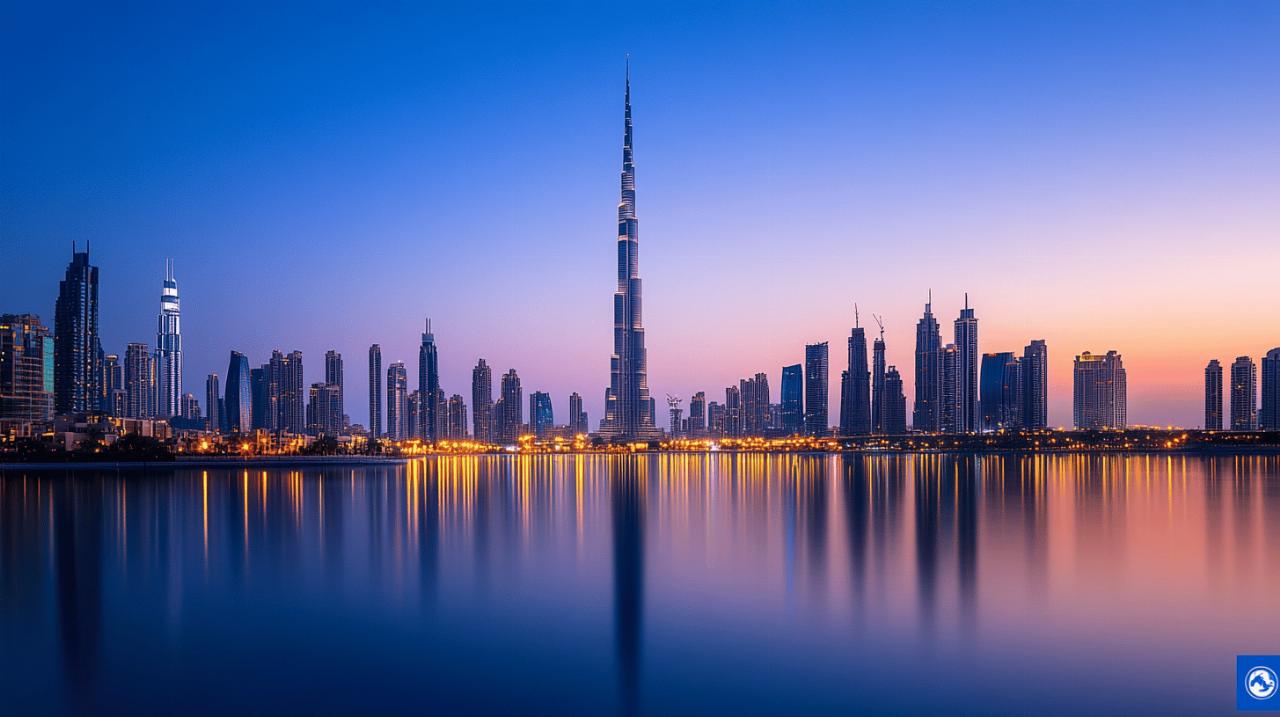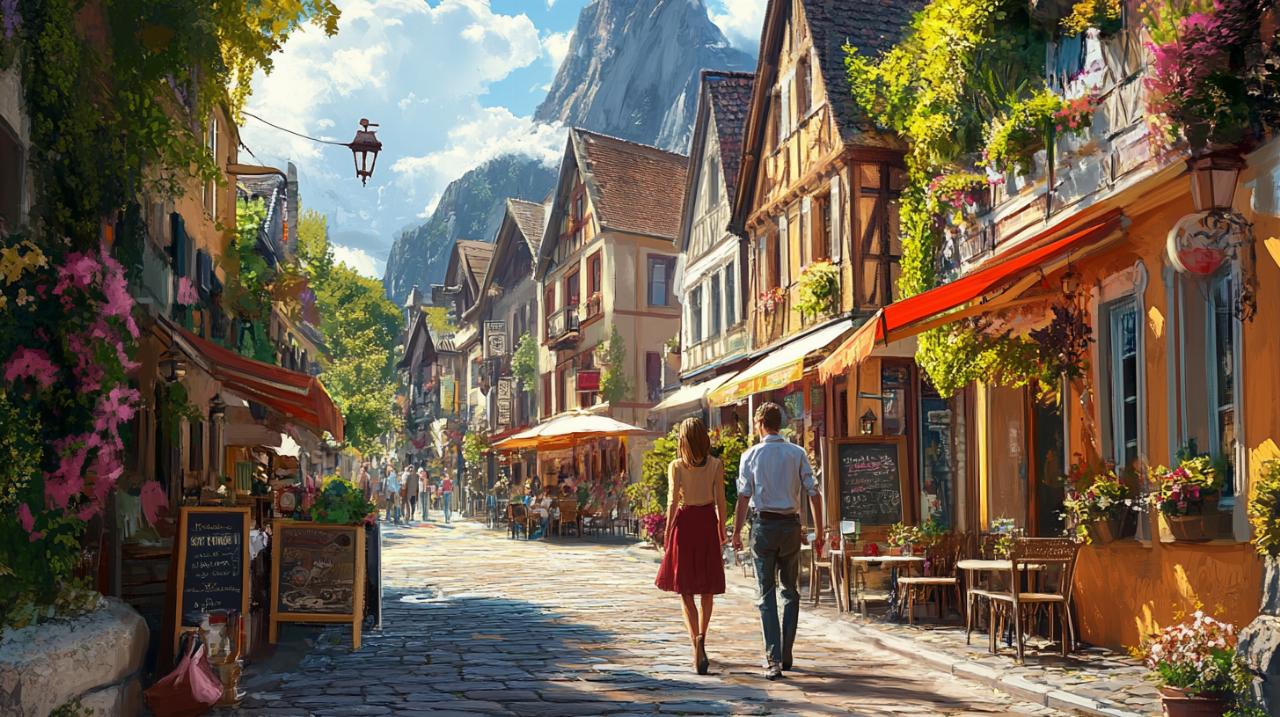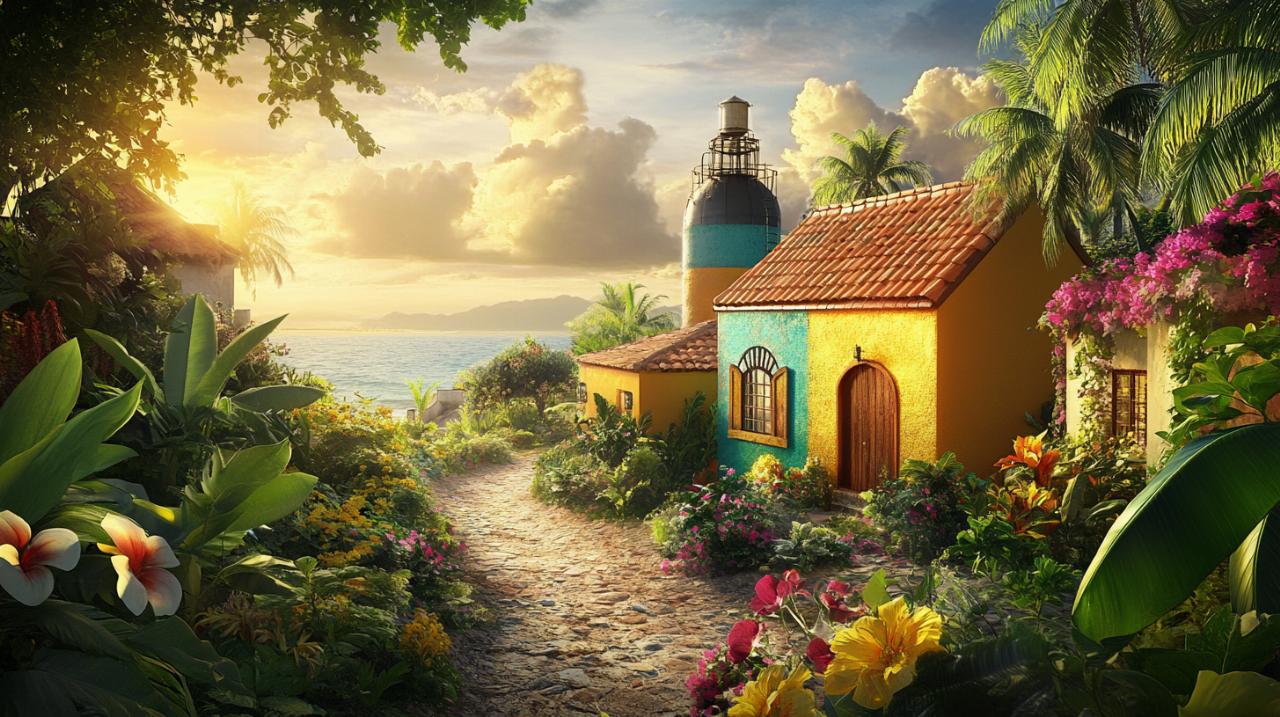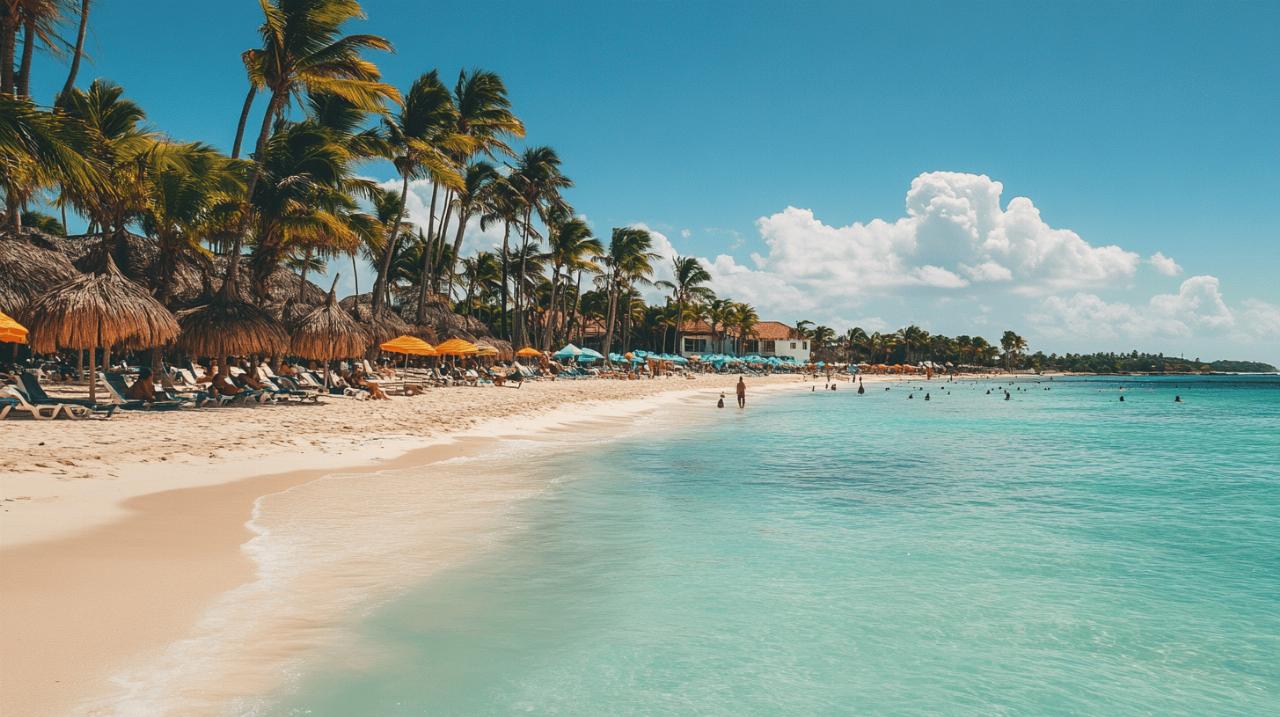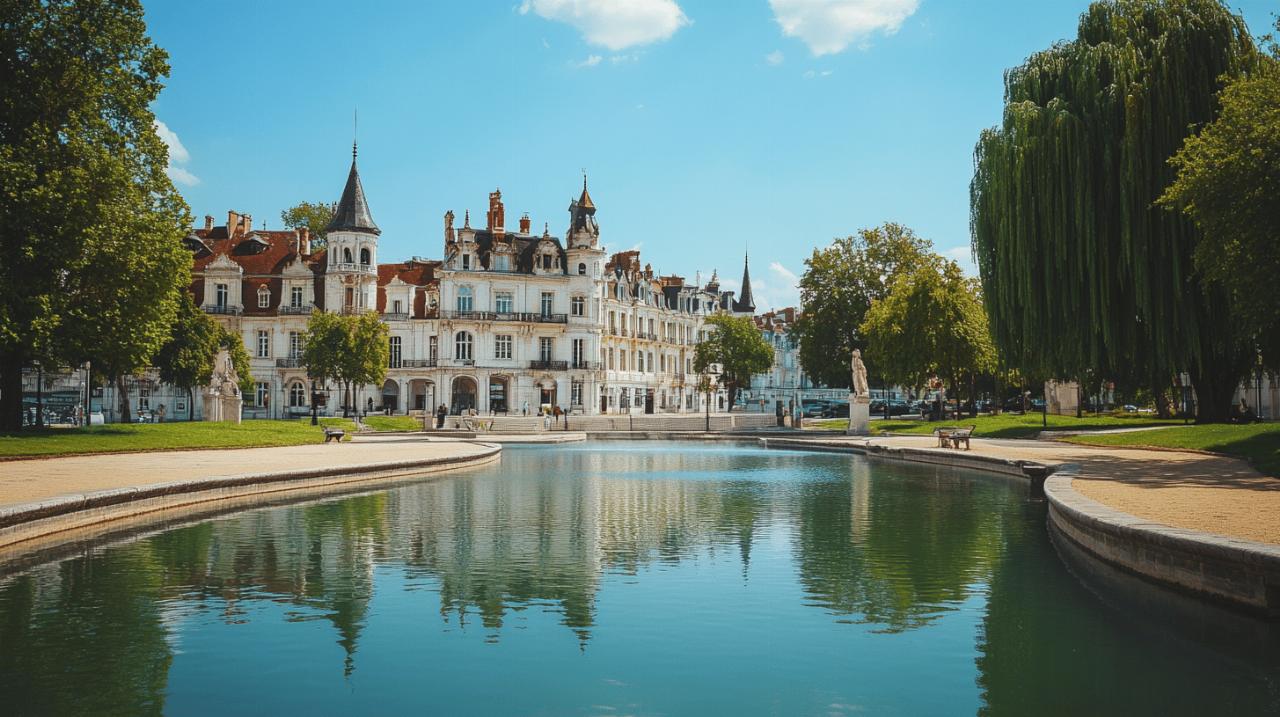Hong Kong stands as one of the world's most dynamic cities, a place where glittering skyscrapers rise alongside centuries-old temples and the hum of urban life mingles with the call of nature just beyond the city limits. While recent years have brought considerable political and social transformation, the essence of Hong Kong remains unchanged: a captivating blend of cultures, cuisines, and landscapes that continues to draw travellers seeking an experience unlike any other. The city's ability to surprise and delight visitors lies not just in its famous landmarks, but in the quiet moments found in its hidden alleys, traditional markets, and tranquil island retreats.
The urban tapestry: central districts and iconic architecture
Navigating the Financial Heart: From Peak Tram to Skyline Vistas
The Central district serves as the beating heart of Hong Kong's financial world, where towering glass and steel structures create a canyon of modern architecture. Walking through these streets, one cannot help but feel the pulsing energy of international commerce, yet the area offers far more than just business towers. The HSBC Building, with its distinctive exoskeleton design, stands as an architectural marvel, while the angular geometry of the Bank of China Tower cuts a striking silhouette against the sky. These structures represent more than economic power; they embody Hong Kong's forward-thinking spirit and its role as a global crossroads.
Perhaps no experience captures the majesty of Hong Kong's urban landscape quite like ascending Victoria Peak. The historic Peak Tram, which has been ferrying passengers up the steep incline since the late nineteenth century, offers a journey that is both thrilling and nostalgic. As the tram climbs at an impossibly steep angle, the city unfolds below in ever-expanding panoramas. From the viewing platforms at the summit, the entirety of Hong Kong Island, Kowloon, and the harbour spread out in a breathtaking display, particularly magical during the evening hours when millions of lights transform the cityscape into a shimmering constellation.
Hidden corners of sheung wan: traditional markets meet modern culture
Moving westward from Central, the neighbourhood of Sheung Wan presents a fascinating contrast, where the old and new coexist in remarkable harmony. Here, narrow lanes wind past shops selling traditional Chinese medicine, their windows displaying dried seahorses, ginseng roots, and mysterious herbs that have been used for healing for countless generations. The pungent aroma of dried seafood fills the air in some streets, where vendors arrange their wares with meticulous care, maintaining traditions that stretch back through decades of family businesses.
Yet just around the corner, contemporary art galleries, independent boutiques, and stylish coffee shops have taken root, drawing a creative crowd that appreciates the neighbourhood's authentic character. This juxtaposition creates an atmosphere that feels genuinely Hong Kong, where respect for tradition does not preclude innovation and progress. Wandering these streets without a fixed destination often yields the most memorable discoveries: a hole-in-the-wall noodle shop where locals queue patiently, a shrine tucked between modern buildings, or a vintage store selling treasures from bygone eras.
A culinary journey through hong kong's food scene
From Dai Pai Dongs to Dim Sum: Street Food and Local Favourites
Food in Hong Kong transcends mere sustenance; it represents a fundamental aspect of the city's identity and social fabric. The legendary dai pai dongs, open-air food stalls that once numbered in the thousands, have become increasingly rare, but those that remain offer an authentic taste of traditional Cantonese cooking. Sitting on plastic stools at wobbly tables, diners can savour dishes like salt and pepper squid, stir-fried noodles, and claypot rice whilst surrounded by the sights and sounds of neighbourhood life unfolding around them.
Dim sum, of course, holds a special place in Hong Kong's culinary pantheon. The ritual of gathering with family or friends for a leisurely morning or afternoon meal, selecting small plates from roving trolleys or marking choices on a paper menu, embodies the communal spirit of Cantonese dining. Delicate har gow, plump siu mai, fluffy char siu bao, and countless other varieties showcase the skill and artistry of the kitchen. Whether in a humble neighbourhood teahouse or an elegant restaurant, the experience connects diners to a tradition that has been perfected over generations.
Cha chaan tengs and afternoon tea: experiencing hong kong's café culture
The cha chaan teng represents a uniquely Hong Kong institution, born from the fusion of Eastern and Western influences during the colonial period. These bustling, no-frills cafés serve an eclectic menu that might include condensed milk toast, baked pork chop rice, macaroni soup, and the ubiquitous milk tea, prepared by pouring the brew through a sackcloth filter to achieve the perfect silky texture. The atmosphere tends toward the chaotic, with servers calling out orders, plates clattering, and customers squeezing into shared tables, yet this energy forms part of the charm.
For a more refined experience, afternoon tea remains a cherished tradition in Hong Kong, particularly in the grand hotels that still maintain the practice introduced during British rule. Tiered stands arrive bearing delicate finger sandwiches, warm scones with clotted cream and jam, and an array of miniature pastries, all accompanied by a selection of fine teas served in elegant china. This ritual offers a moment of tranquillity amidst the city's relentless pace, a chance to pause and savour both the culinary offerings and the refined surroundings.
Natural escapes: beaches, trails and island retreats
The dragon's back trail: hiking with coastal views
 Many visitors arrive in Hong Kong expecting only urban density, unaware that roughly three-quarters of the territory consists of green space, much of it accessible through well-maintained hiking trails. The Dragon's Back trail stands among the most celebrated of these paths, offering a relatively moderate hike that rewards walkers with spectacular coastal vistas. The trail winds along a ridge that resembles a dragon's spine, with the South China Sea glittering on one side and lush hillsides rolling away on the other.
Many visitors arrive in Hong Kong expecting only urban density, unaware that roughly three-quarters of the territory consists of green space, much of it accessible through well-maintained hiking trails. The Dragon's Back trail stands among the most celebrated of these paths, offering a relatively moderate hike that rewards walkers with spectacular coastal vistas. The trail winds along a ridge that resembles a dragon's spine, with the South China Sea glittering on one side and lush hillsides rolling away on the other.
Throughout the journey, hikers encounter viewpoints that reveal deserted beaches below, small islands dotting the azure waters, and on clear days, glimpses of the urban skyline in the distance. The contrast between the serene natural environment and the knowledge of the teeming metropolis just kilometres away creates a sense of discovery, as though one has stumbled upon a secret sanctuary. The trail's popularity with locals demonstrates that Hong Kong residents themselves value these natural refuges as essential counterpoints to city living.
Outlying islands and repulse bay: discovering tranquil havens
Beyond Hong Kong Island itself, the outlying islands offer glimpses of a slower pace of life, where cars are banned and the rhythms follow those of ferry schedules and tides rather than stock markets and business meetings. Lamma Island, Cheung Chau, and Lantau each possess distinct characters, from fishing villages with temples and seafood restaurants to beaches where the only sounds come from waves and seabirds. A day trip to any of these islands provides a refreshing change of perspective and a reminder that Hong Kong encompasses far more than its famous skyline.
Closer to the city centre, Repulse Bay offers an accessible retreat for those seeking sand and sea without venturing too far. The crescent-shaped beach, backed by upmarket residential towers and the historic Repulse Bay complex, attracts both swimmers and sunbathers throughout the warmer months. The beach's relatively calm waters make it suitable for families, whilst the surrounding restaurants and cafés provide convenient refreshment options. Even simply strolling along the promenade as evening approaches, watching the sun sink toward the horizon, offers a restorative experience after days spent exploring urban attractions.
Markets and Neighbourhoods: The Soul of Hong Kong's Streets
Mong kok's flower and bird markets: a sensory experience
The flower market of Mong Kok presents a riot of colour and fragrance, with dozens of stalls lining both sides of the street, their displays spilling onto the pavement in cascades of blooms and greenery. Orchids, roses, lilies, and countless other varieties vie for attention, whilst vendors trim stems, arrange bouquets, and advise customers on caring for their purchases. The market serves both local residents seeking to brighten their homes and visitors drawn by the photogenic displays and the glimpse into everyday Hong Kong life.
Just a short walk away, the bird market offers a very different but equally fascinating experience. Here, bamboo cages house chirping occupants whilst vendors sell intricately carved cages, bird food, and accessories. Elderly gentlemen gather to discuss their feathered companions, continuing a tradition of bird keeping that has deep roots in Cantonese culture. The practice of bringing caged birds to tea houses for social gatherings may have declined, but this market preserves a connection to that heritage, offering visitors insight into a pastime that once formed an integral part of neighbourhood life.
Bargaining at Ladies' Market: Finding Treasures Amongst the Stalls
The Ladies' Market, despite its name, offers merchandise appealing to shoppers of all genders, with hundreds of stalls stretching along Tung Choi Street in Mong Kok. Clothing, accessories, souvenirs, electronics, and an astonishing variety of other goods pack the narrow aisles, creating a sensory overload of colours, sounds, and the calls of vendors attempting to attract customers. The art of bargaining reaches its peak here, with prices often starting at several times what the seller genuinely expects to receive, making negotiation an essential skill for securing reasonable deals.
Beyond the commercial aspect, the market provides a window into the social dynamics of Hong Kong street culture. Observing the interactions between vendors and customers, the way regular patrons receive greetings and preferential treatment, and how the market transforms from afternoon through to late evening reveals layers of community beneath the tourist-focused surface. The experience of navigating the crowded lanes, examining goods under the glow of fluorescent lights, and eventually departing with bags of purchases creates memories that persist long after the items themselves have been forgotten or given away as gifts, capturing something essential about Hong Kong's irrepressible commercial energy and the human connections that thrive within it.

